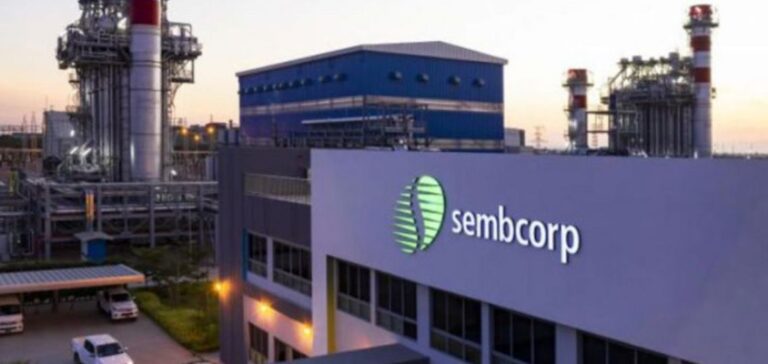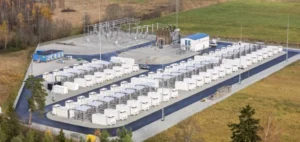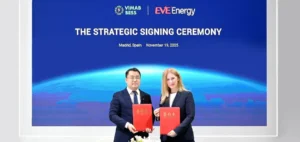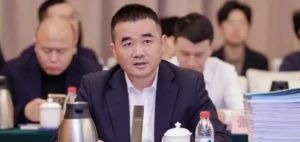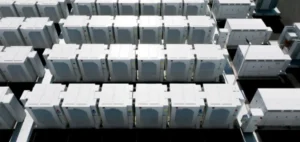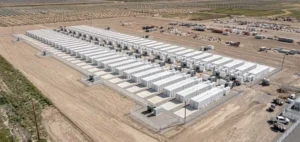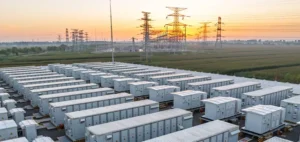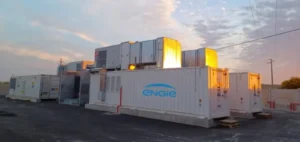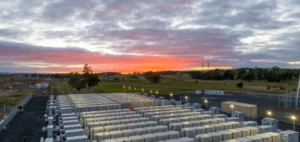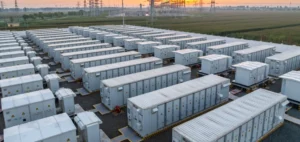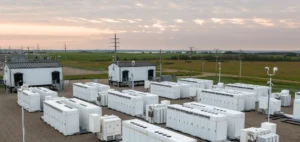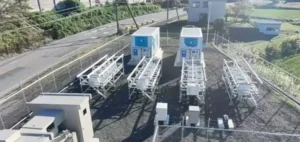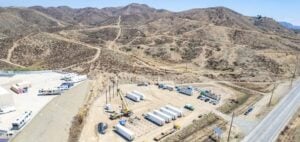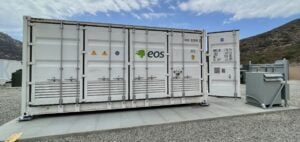An energy storage system in Singapore has been developed by Sembcorp Industrie. In collaboration with DNV, this 285 megawatt-hour (MWh) ESS system, was commissioned in December 2022 on Jurong Island. It marks the early achievement of Singapore’s 2019 Energy Market Authority (EMA) energy storage target.
Keeping Jurong Island’s energy storage on track
DNV’s role in the ESS project was to assist with mandatory testing, process raw data and approve final commissioning reports from two different OEMs, Huawei and Envision. Despite the very tight schedule, staying on schedule was essential to this project. However, this forced DNV to adopt an agile way of working that involved regular review and strict adherence to priorities. DNV project manager Dr. George Garabandic, head of energy storage systems, APAC, said, “We commissioned Sembcorp’s 285 MWh ESS on Jurong Island, the largest in Southeast Asia, in six months, making it the fastest deployment of its size in the world.”
Sembcorp met its schedule by bringing the project online in December 2022. The project took only six months to commission compared to the industry average of 15 to 18 months for facilities of similar capacity. Mr. Chua said, “This close partnership between Sembcorp and DNV made these milestones possible, with their expertise in the energy storage industry and independent validation services supporting the record-breaking deployment.” Kia, Project Management Office Manager, Singapore and Southeast Asia, Sembcorp Industries.
Singapore reaches its energy storage target
The Energy Market Authority (EMA) of Singapore had set a target of deploying at least 200 MWh of energy storage capacity beyond 2025 to support the adoption of solar energy. However, the implementation of Sembcorp’s energy storage system with a maximum grid-connected capacity of 285 MWh marks the early achievement of this goal.
Energy storage essential to complement solar energy adoption
The ESS (Energy Storage System) must have a quick response to mitigate solar intermittency caused by the changing weather conditions in Singapore’s tropical climate. In addition, this energy storage system would also improve the stability and resilience of Singapore’s power grid by managing mismatches between electricity demand and supply.
DNV plays key role in Sembcorp’s energy storage system
Finally, Brice le Gallo, Vice President and Regional Director of DNV’s Asia Pacific Energy Systems, spoke about this energy storage project, which will cover the needs of approximately 24,000 homes. He emphasized that energy storage is a central component to accompany solar deployment, one of the four “switches” identified for Singapore’s energy transition. DNV played a key role in Sembcorp’s energy storage system on Jurong Island and looks forward to participating in many such projects in the future.


